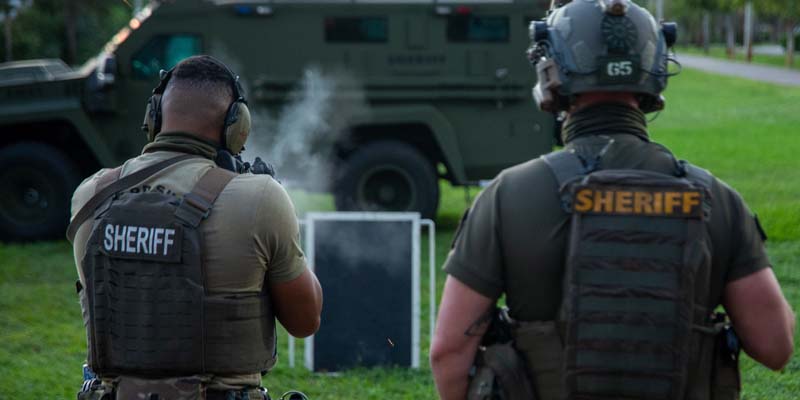90
Broward County,FL – After months of planning, training and testing, ShotSpotter is officially live in the Broward Sheriff’s Office’s Central Broward district.
ShotSpotter is a gunshot surveillance system that uses sensor-based technology to detect and locate outdoor gunfire in real-time. Once the system is alerted to gunfire, ShotSpotter employees vet the information and share the details with law enforcement. The information is often shared within seconds.
Nationally, ShotSpotter estimates that roughly 80 percent of gunfire incidents are not reported to law enforcement. ShotSpotter will allow deputies to respond more quickly to gunfire while also providing critical, real-time intelligence about specific incidents, increasing deputies’ awareness and preparation. The technology will also enhance deputies’ ability to make arrests, provide life-saving treatment to victims and gather evidence.
Another major benefit is building community trust. Residents of communities plagued by gunfire will be able to see and speak to deputies who arrive quickly to handle these dangerous calls.
BSO deputies recently conducted training to calibrate the ShotSpotter system in its Central Broward district, and the system went live on Wednesday evening.
A three-year ShotSpotter program in unincorporated Central Broward, an area with a high volume of calls for service related to gunfire, will cost $205,000. BSO participated in a ShotSpotter pilot program in 2009-2010 but declined to pursue the program further. Since then, ShotSpotter technology has grown and advanced, cutting down on false positive reports of gunfire. ShotSpotter guarantees a 90 percent accuracy rate regarding actual gunfire and location.
